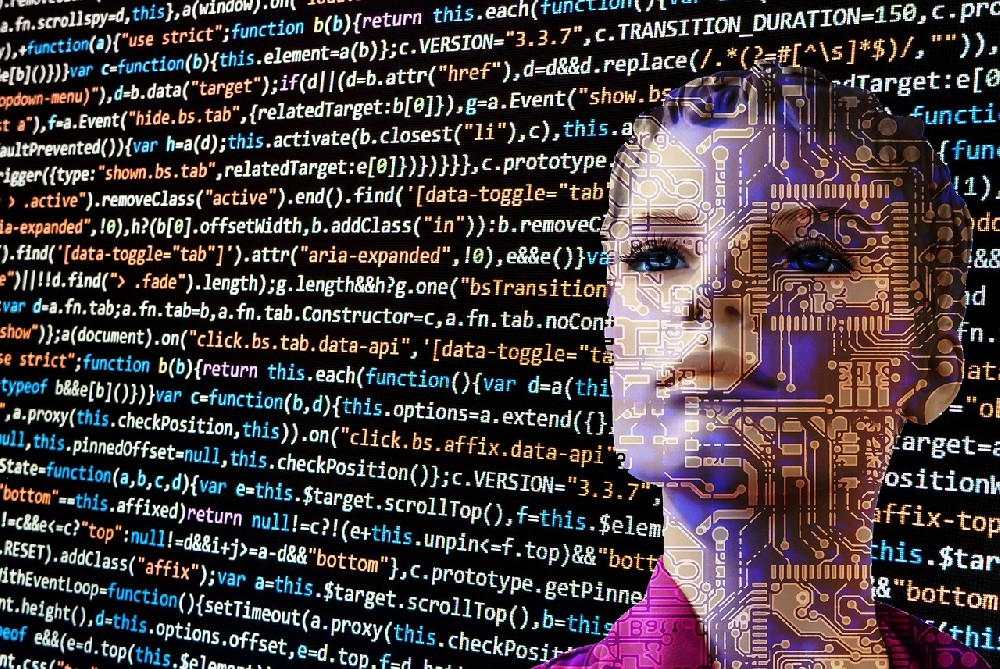The world of software development continuously evolves, weaving a complex tapestry of technology, creativity, and user needs. At the heart of this evolution lies the crucial aspect of innovation paired with utility. In this exploration, we delve into an enlightening conversation with industry leaders who have made significant strides in bridging these two worlds. Their insights shed light on the challenges and triumphs of creating software that not only pushes the boundaries of what's possible but also remains deeply embedded in practical utility. **The Intersection of Creativity and Functionality** Innovation is often seen as the holy grail in software development. However, as our first expert, Alice Johnson, CTO of NexTech Solutions, points out, "Innovation for the sake of innovation can lead to tools and applications that are impressive on a technical level but fail in real-world application." Johnson's team at NexTech has been pioneering in developing solutions that are both groundbreaking and imminently usable. "Our approach is to start with the user. By understanding what the end user truly needs, we can tailor our innovations to ensure they solve actual problems, not just theoretical ones." **User-Centric Development: More Than a Buzzword** Echoing Johnson's sentiments, Marcus Li, Lead Product Manager at Creative Soft, highlights the importance of user-centric development. "It's easy to get caught up in the features and forget who will be using the software. Every decision we make, from the drawing board to final release, is with the user in mind." Li stresses that this philosophy has led to products that are not only innovative but also highly adaptable to different user needs. **Balancing Act: Cutting-Edge and Usable** This dialogue consistently highlights a central theme: the delicate balance between pushing the envelope in technology and ensuring the software remains accessible and practical for its intended audience. Sarah Kim, an independent software developer known for her revolutionary open-source projects, shares her perspective. "There's a beauty in simplicity. My goal is always to introduce new ideas and technologies in a way that feels intuitive to the user. If the learning curve is too steep, the innovation is lost." **Future Trends: Where Are We Heading?** Looking to the future, our experts agree that artificial intelligence (AI) and machine learning (ML) are set to play pivotal roles in further harmonizing innovation and utility. Johnson foresees a future where "AI assistants will become integral in the development process, not just in optimizing code but in understanding user needs and adapting functionalities accordingly." Li sees a similar trajectory, "Machine learning can drastically enhance how software evolves in response to user behavior. This could mean applications that adapt more naturally to user needs, making them more intuitive over time." Kim adds, "Open-source platforms will become even more crucial as they allow for a collective approach to problem-solving. The more diverse inputs we have in the development process, the more balanced and user-focused our innovations will be." **Conclusion: A Journey of Continuous Learning** In wrapping up our dialogue, it's clear that the journey toward marrying innovation and utility in software development is one of continuous learning and adaptation. As technologies advance, so too must our approaches to design, development, and engagement with the end user. The future of software development promises a landscape where innovation does not overshadow utility but instead elevates it, creating tools and applications that not only captivate but also meaningfully enhance our daily lives.



